Smart Chord Assistant - AI-Powered Chord Analysis Tool
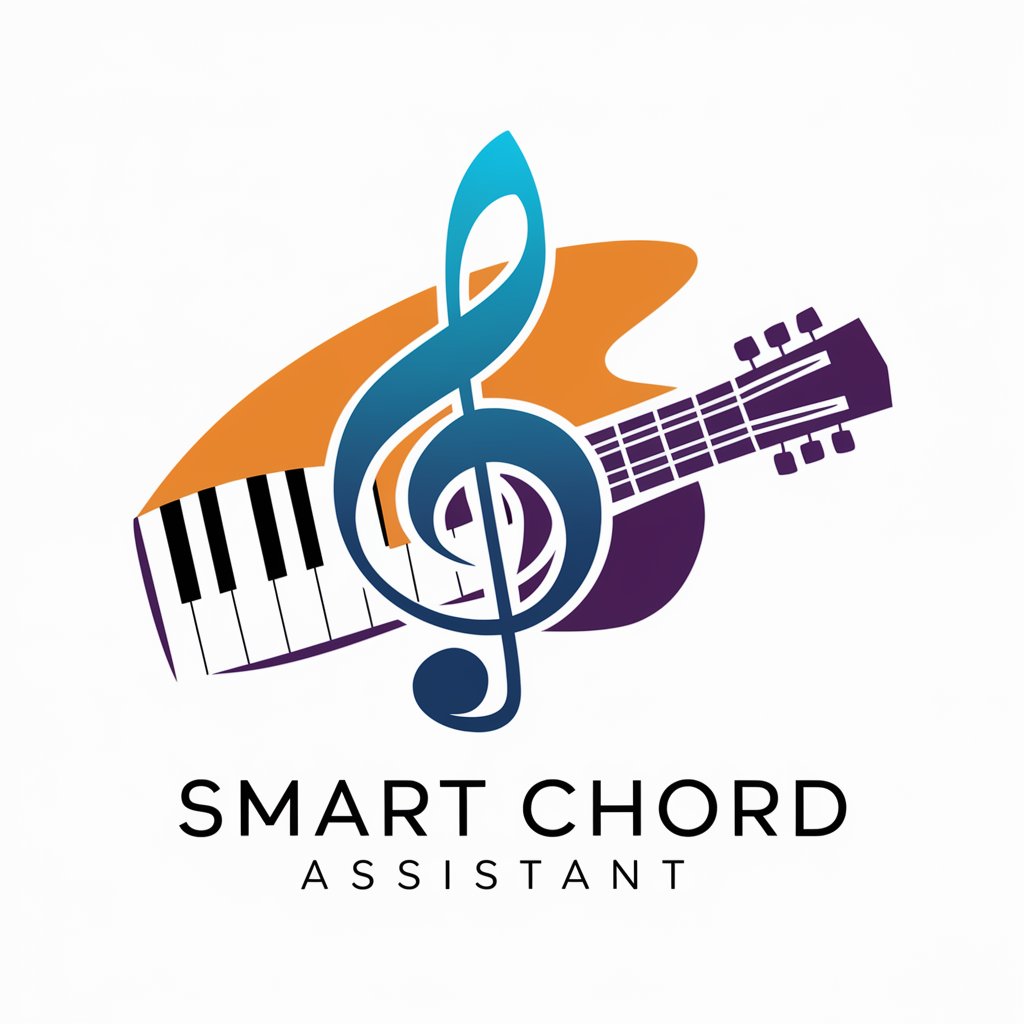
Welcome to Smart Chord Assistant, your music theory guide.
Harmonize Your Music with AI
Can you explain the theory behind a major chord?
What are the common chord progressions in the key of C major?
How do you identify chords from a set of notes?
What are the differences between major and minor chords?
Get Embed Code
Introduction to Smart Chord Assistant
Smart Chord Assistant is designed as an AI-based tool with the primary goal of aiding users in understanding, analyzing, and learning about chords and music theory. Unlike traditional resources, it operates through a conversational interface, providing personalized assistance in real-time. This tool is capable of offering insights into chord structures, suggesting chord progressions for music composition, and aiding in the identification of chords from given notes. It is built on a foundation of music theory knowledge, enabling it to engage users in educational discussions, thus making the learning process more interactive and accessible. Powered by ChatGPT-4o。

Main Functions of Smart Chord Assistant
Chord Identification
Example
Given the notes E, G#, and B, Smart Chord Assistant can identify these as an E Major chord, explaining the theory behind major chord construction.
Scenario
A user is learning to play the guitar and comes across these notes in a song. They use Smart Chord Assistant to understand what chord they are playing and why.
Chord Progression Suggestions
Example
For a user composing a piece in C Major, the tool can suggest a progression like I-IV-V-I (C-F-G-C), offering explanations for each chord's role within the key.
Scenario
An aspiring songwriter looking for chord progression ideas to complete a section of their song.
Music Theory Education
Example
Explaining the concept of diatonic chords and their importance in creating harmonious music within a key.
Scenario
A music student struggling with the concept of diatonic chords uses the assistant for a clearer, more practical understanding.
Ideal Users of Smart Chord Assistant Services
Music Students
Individuals studying music theory or instruments who need assistance in understanding chords, scales, and music theory concepts. Smart Chord Assistant helps by providing instant explanations, examples, and practice scenarios.
Songwriters and Composers
Creative professionals looking for inspiration or guidance on chord progressions that fit their musical pieces. The assistant offers suggestions and theoretical insights to enhance their compositions.
Music Educators
Teachers seeking additional resources to support their instruction. The assistant can serve as a supplementary tool, offering detailed explanations and examples to aid in teaching complex concepts.
Hobbyists and Enthusiasts
Individuals with a keen interest in music looking to expand their knowledge or solve specific problems they encounter while playing or composing music. Smart Chord Assistant offers an accessible way to deepen their understanding of music theory.

How to Use Smart Chord Assistant
Start with a Free Trial
Begin by visiting yeschat.ai to access Smart Chord Assistant for a free, no-login trial. This allows you to experience the tool without the need for ChatGPT Plus.
Explore Chord Identification
Utilize the tool to identify chords from a set of notes. Input any combination of notes, and Smart Chord Assistant will determine the corresponding chord.
Learn Music Theory
Leverage the tool to deepen your understanding of music theory. Ask about chord progressions, scale relationships, or theoretical concepts for comprehensive explanations.
Experiment with Progressions
Experiment by creating chord progressions. Provide a starting chord or key, and Smart Chord Assistant will suggest subsequent chords to form a harmonious sequence.
Tailored Educational Assistance
Use the tool for personalized educational support. Whether you're a beginner or advanced musician, Smart Chord Assistant can tailor its responses to your level of knowledge.
Try other advanced and practical GPTs
Cauldron
Crafting Visual Magic with AI Power
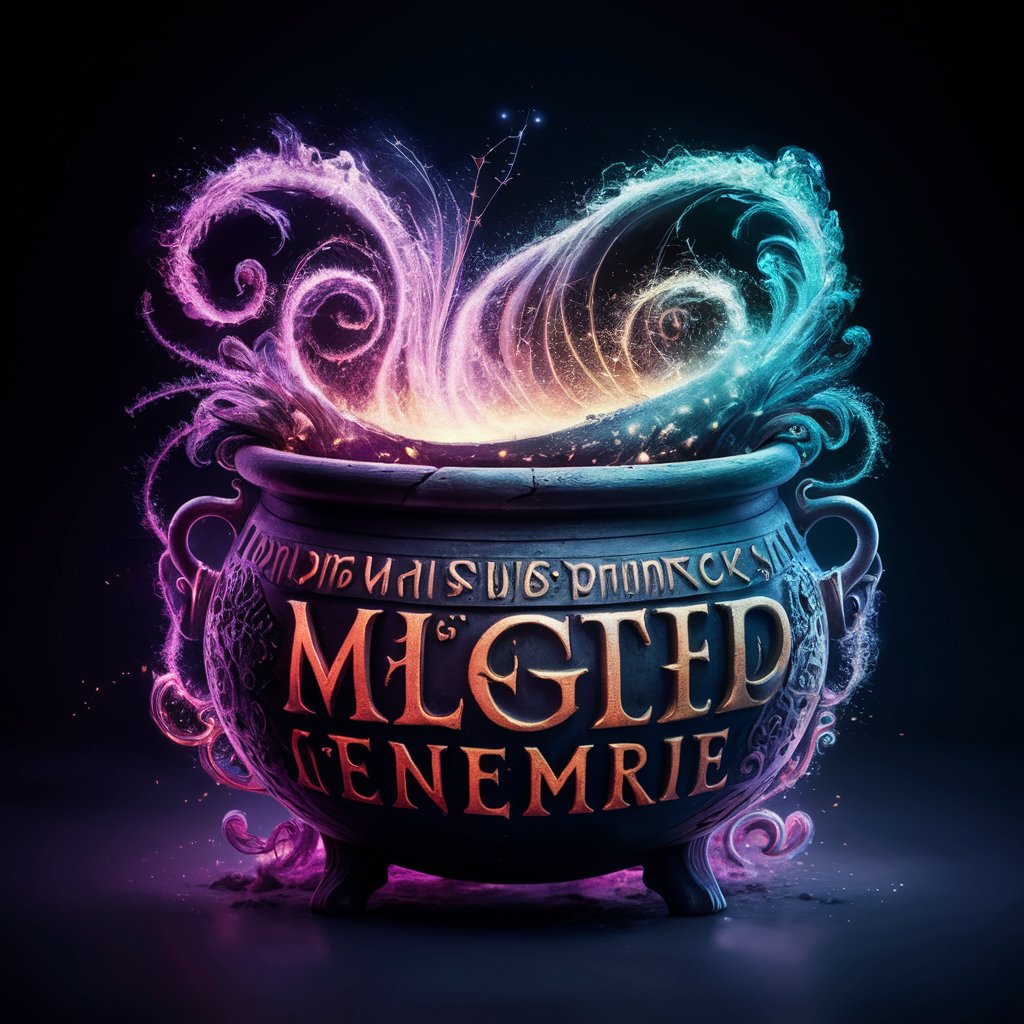
自殺相談窓口「焚き火」
Empathy at Your Fingertips - AI-Driven Support
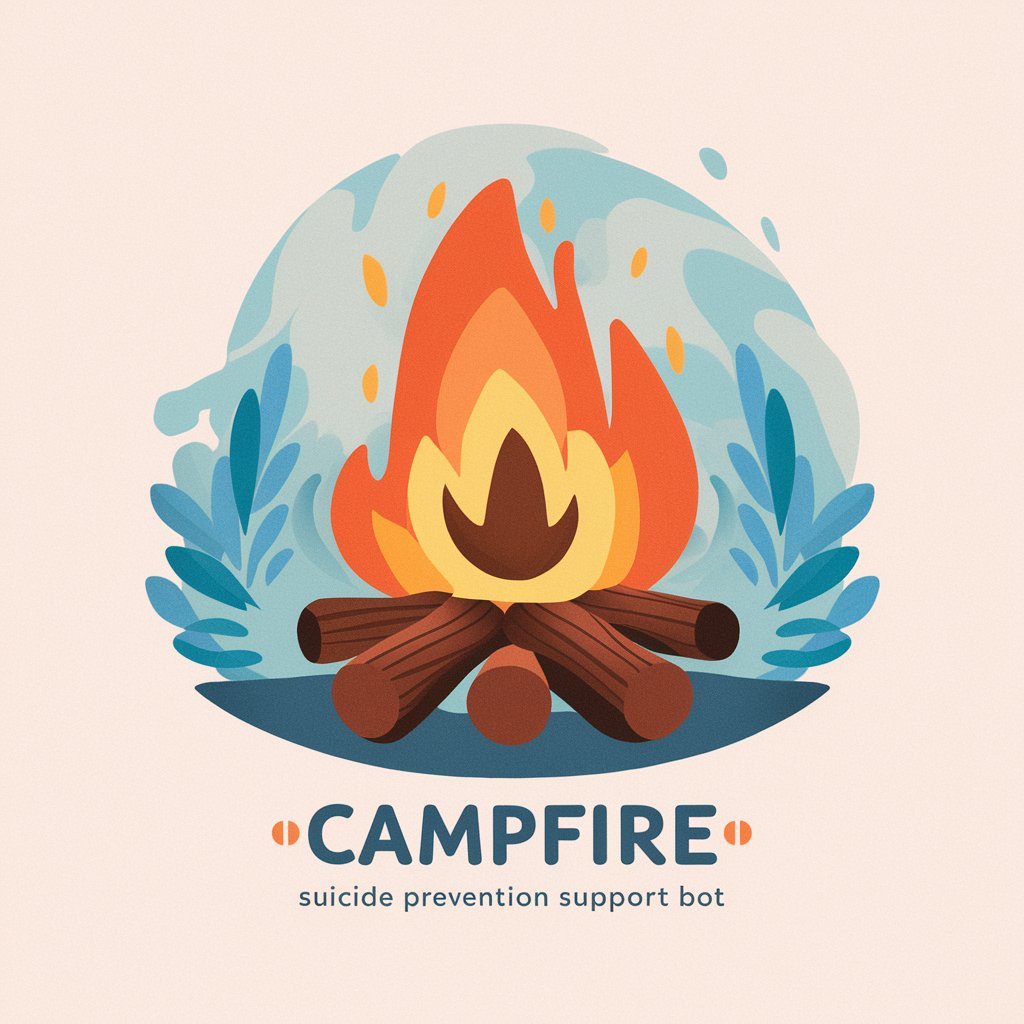
文档校对师
Precision in Every Pixel, Clarity in Every Character
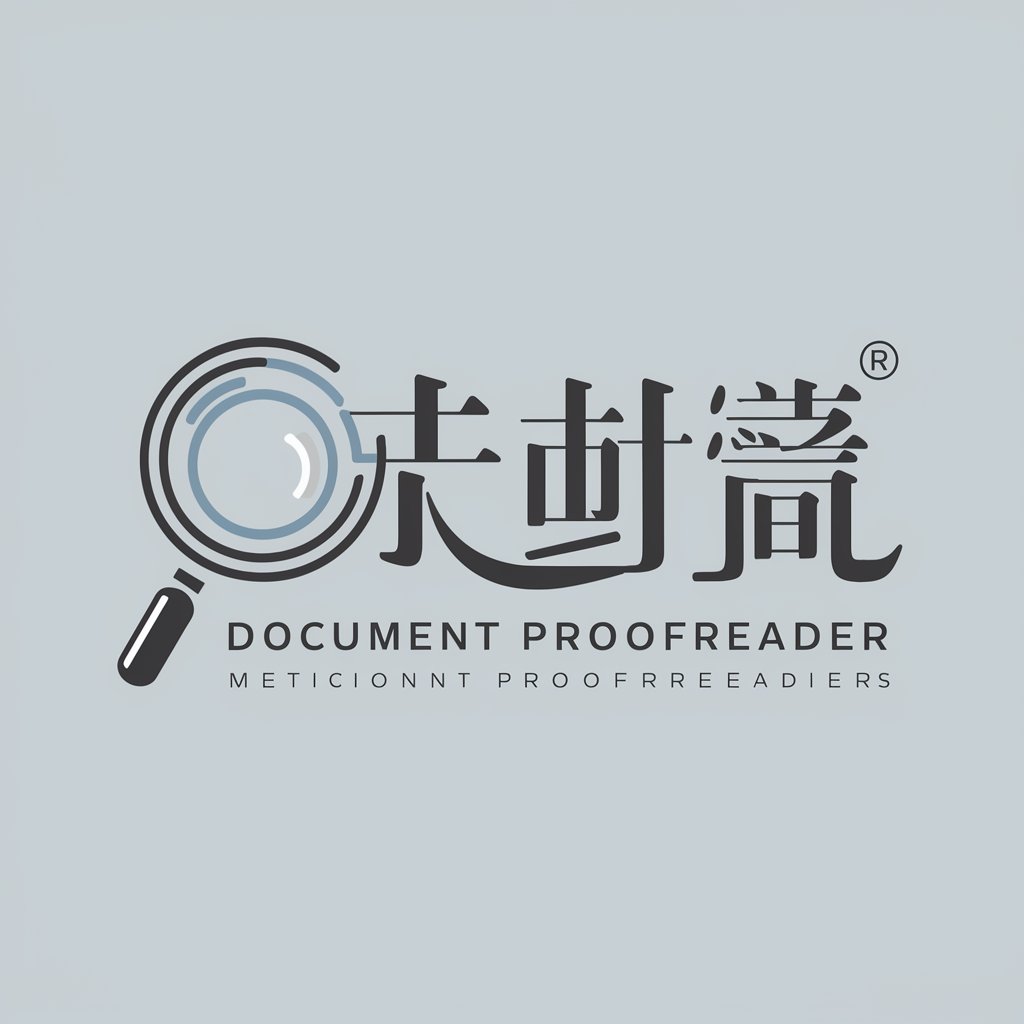
クソゲ【クソランカー】
Navigate danger for treasure with AI.

Myth Weaver
Bringing Myths to Life with AI
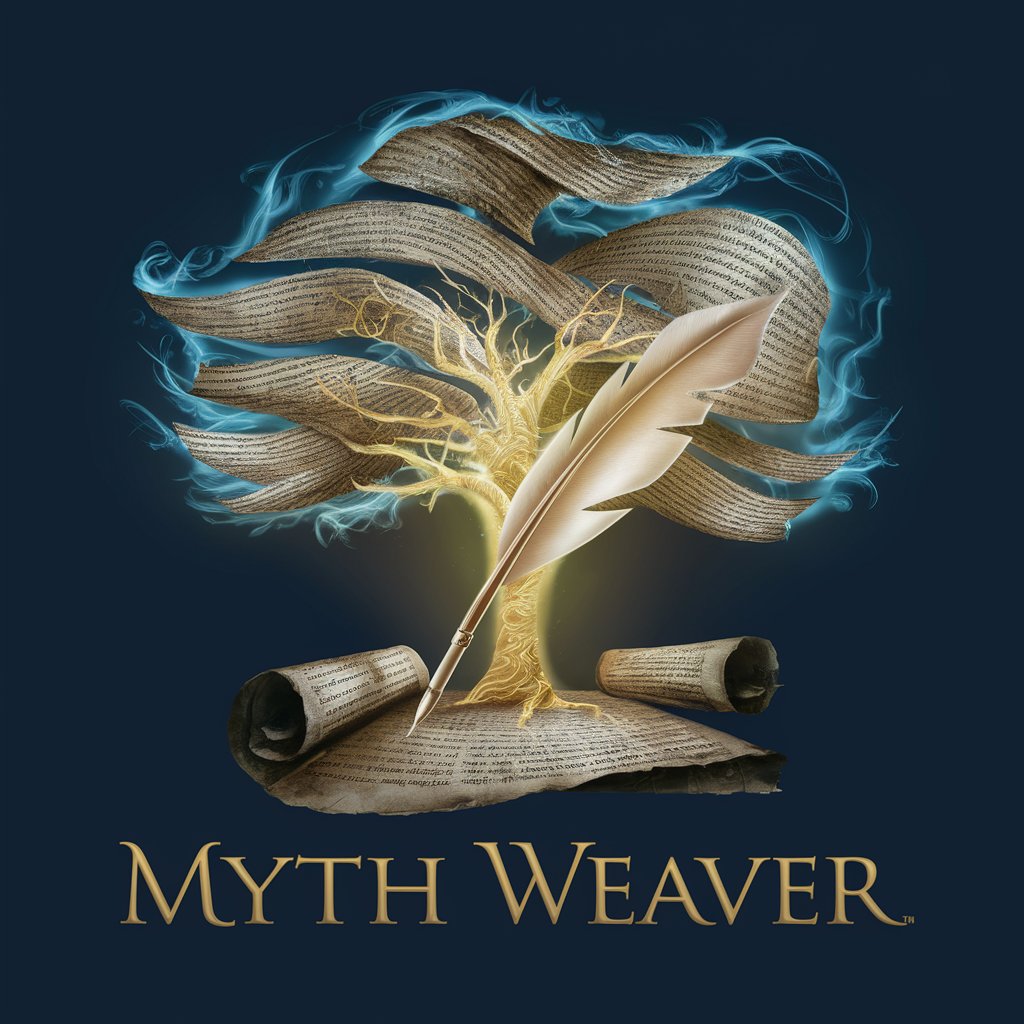
Prayer Composer
Inspiring Prayers with AI Wisdom
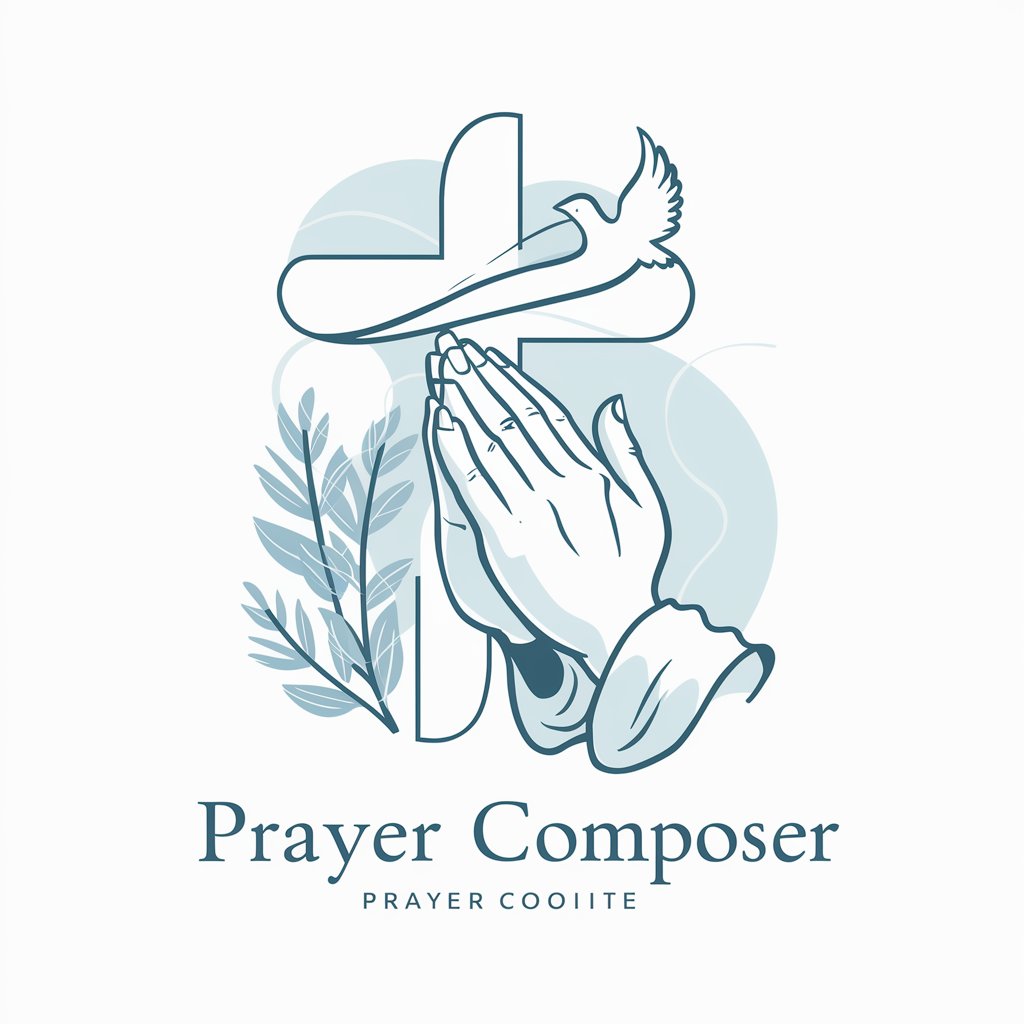
DigiTransact | Ghana Law Guide
Empowering Legal Solutions with AI
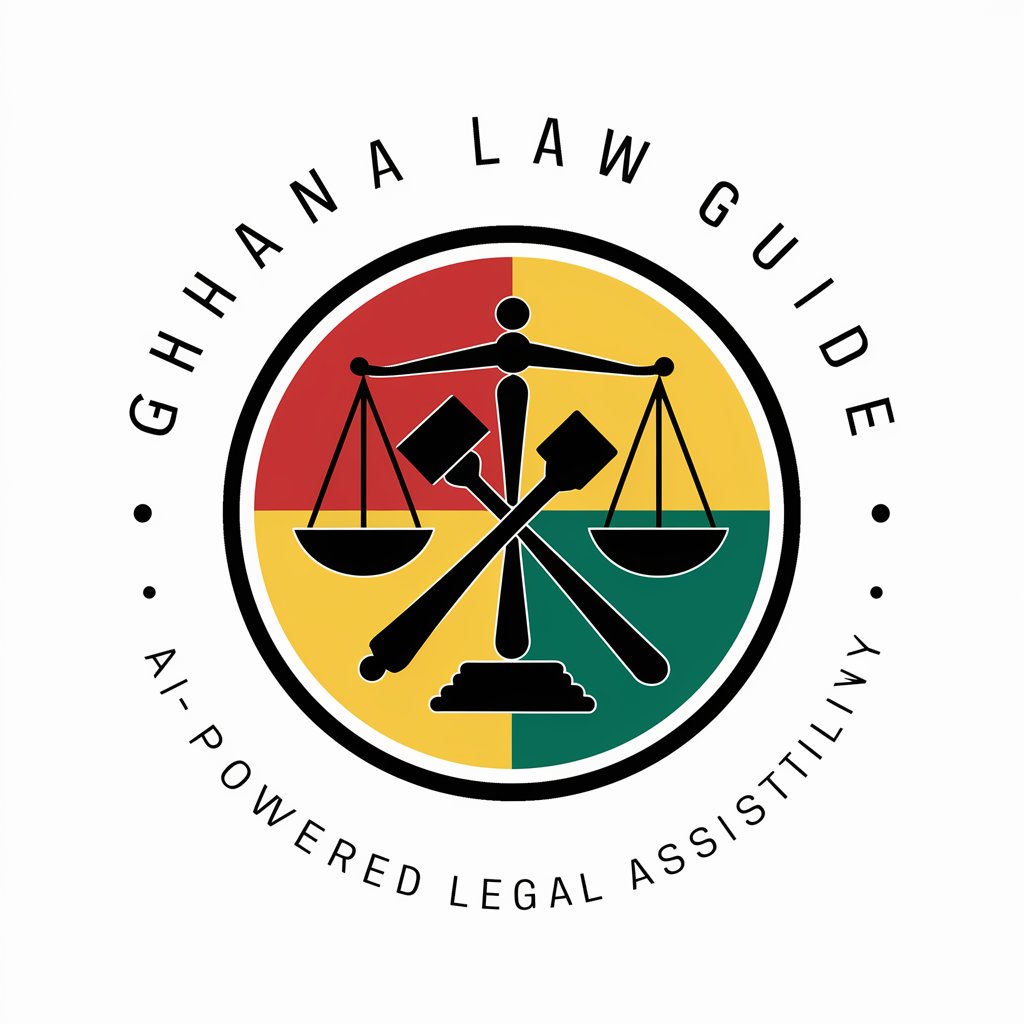
Seabiscuit: Press Prep
Streamlining PR with Intelligent AI Assistance

CRISPR Tutor
Master CRISPR: AI-Powered Precision Education
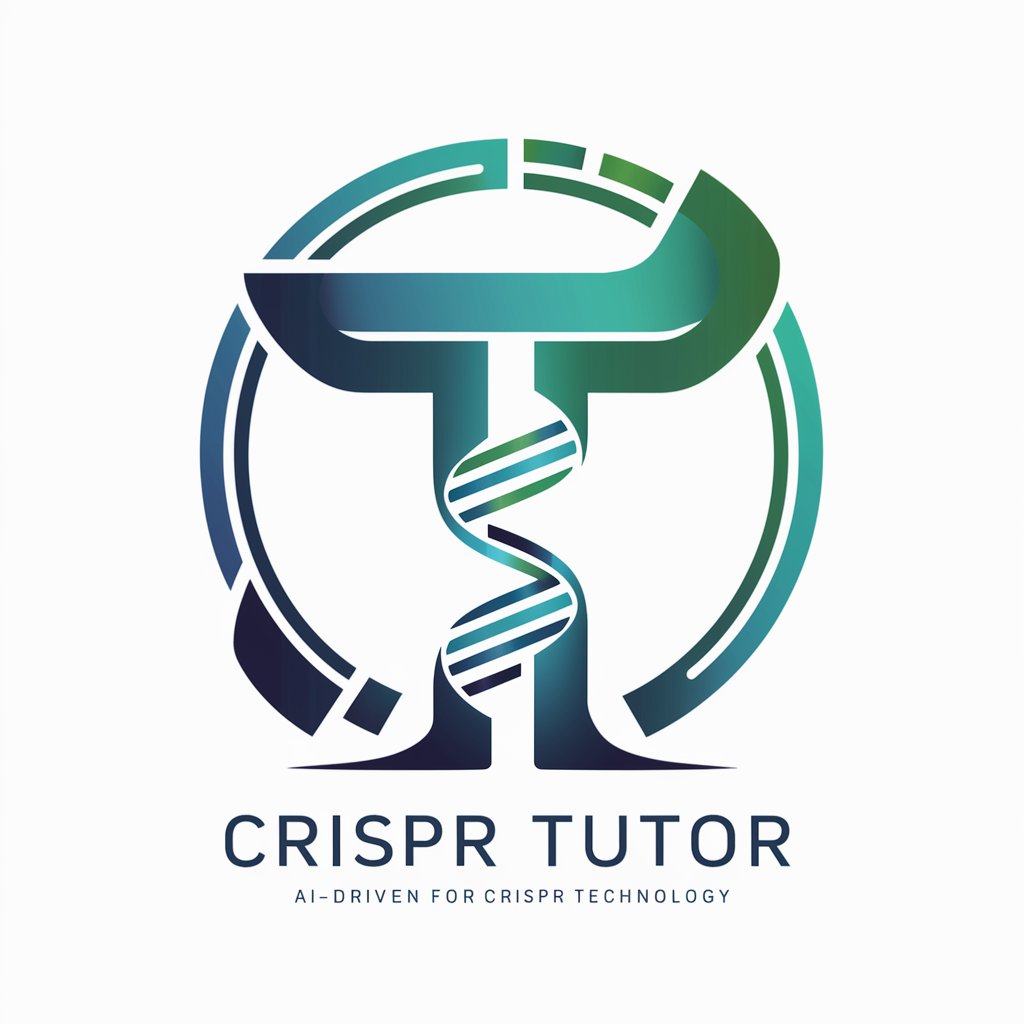
Academic Prompter
Empowering Education with AI
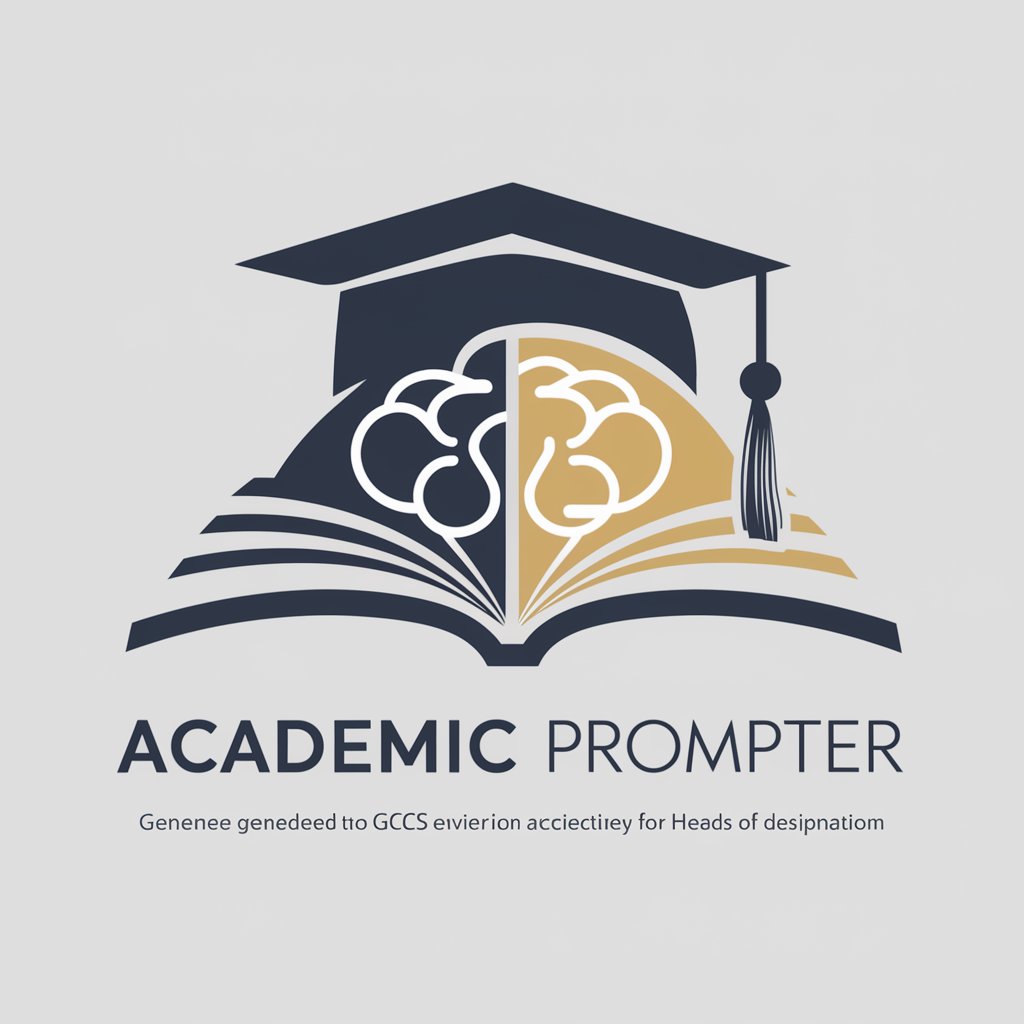
KenoNitro
Unleashing Ideas Beyond Boundaries

News Ai
Revolutionizing News with AI-Powered Journalism

Frequently Asked Questions About Smart Chord Assistant
Can Smart Chord Assistant identify chords from a melody?
Yes, provide a series of notes, and the tool will analyze and identify the corresponding chord, considering various chord structures.
How does Smart Chord Assistant assist in composing music?
The tool suggests chord progressions based on a given key or starting chord, facilitating the composition of music with harmonic coherence.
Can I learn music theory with Smart Chord Assistant?
Absolutely. It offers detailed explanations on music theory concepts, chord relationships, and scale theory, making it a valuable educational resource.
Is Smart Chord Assistant suitable for beginners?
Yes, it's designed for users of all levels. Beginners can benefit from basic chord identification and simple theory explanations, while advanced users can explore complex progressions and theoretical concepts.
How does Smart Chord Assistant handle unusual chord structures?
The tool is equipped to identify and explain a wide range of chord structures, including uncommon and complex chords, providing insights into their construction and usage.
